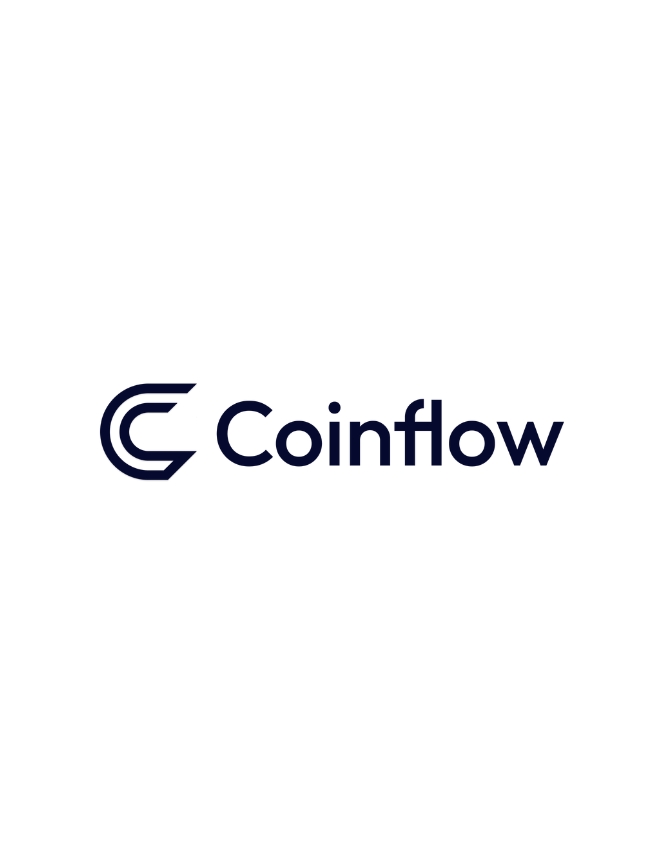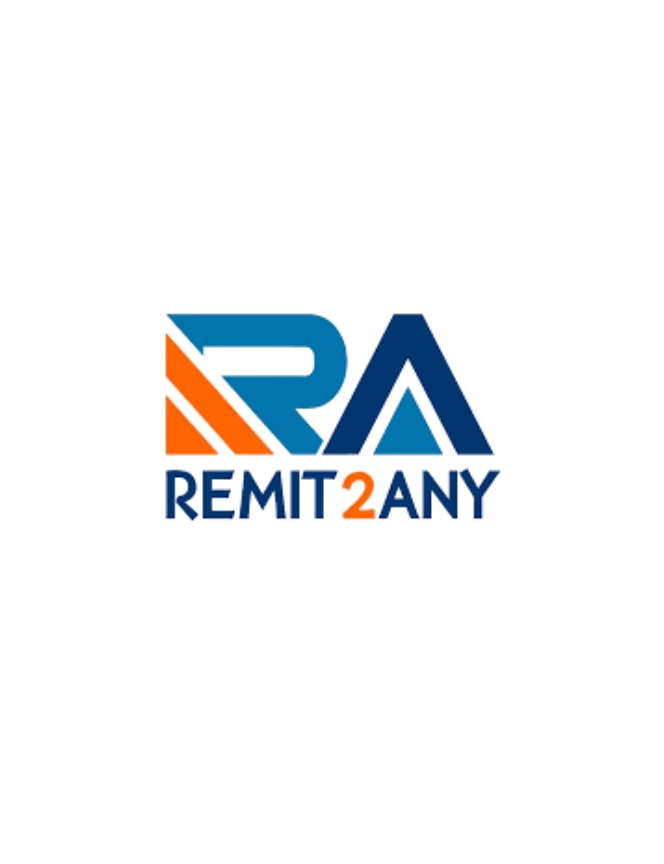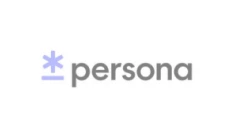What is blockchain?
Blockchain technology is an innovative digital ledger system that fundamentally changes our approach to data storage and transactions. Unlike traditional centralized databases, blockchain is decentralized, distributing data across a network of computers. This decentralization means no single entity controls the entire network, significantly enhancing security and reducing the risk of data manipulation. At its heart, blockchain acts as a ledger, recording transactions in groups known as "blocks." These blocks are chronologically linked to form a "chain," ensuring the integrity of transaction history. Modifying a single block would require altering all subsequent block confirmations, a task that is computationally impractical, thereby safeguarding the ledger's immutability.
Furthermore, many blockchains, like Ethereum, support smart contracts. These are self-executing contracts with terms of the agreement embedded in the code, automatically enforcing and executing terms when predefined conditions are met. This feature opens up a myriad of applications beyond cryptocurrency, such as tokenization in supply chain management, voting systems, and healthcare, offering solutions that are transparent, efficient, and secure using fungible and non-fungible tokens (nft).
Blockchain technology is fundamentally transforming the landscape of embedded finance and payments, offering innovative, secure, and efficient solutions for businesses. The decentralized nature of blockchain ensures heightened security, making financial transactions embedded in business services less susceptible to fraud and hacking. This aspect is particularly crucial for businesses integrating financial transactions into their platforms. Blockchain technology revolutionizes cross-border payments. It enables businesses to conduct financial transactions globally with greater ease, significantly lower fees, and more efficiency than traditional banking systems. This global reach is advantageous for businesses operating across international borders.
The transparent ledger system of blockchain allows for real-time tracking and traceability of transactions, providing a clear audit trail. This transparency is vital for businesses requiring compliance and wanting to build trust with customers and partners. Moreover, the integration of cryptocurrencies, such as Bitcoin and stablecoins like USDC, into business transactions opens new markets. Businesses can leverage blockchain to process these digital currencies, catering to customer segments that prefer cryptocurrencies over traditional fiat currencies. By eliminating intermediaries and reducing transaction fees, blockchain makes financial processes more cost-effective. The efficiency gained from faster settlement times is a significant benefit for companies embedding financial services into their offerings.
Layer 1 solutions refer to the underlying main blockchain architecture. Examples include Bitcoin and Ethereum. These networks form the foundation where transactions occur. Layer 2 solutions, on the other hand, are built on top of these Layer 1 blockchains. They aim to improve scalability and speed by handling transactions off the main chain, like the Bitcoin Lightning Network or Plasma and Rollups for Ethereum. An essential aspect of Ethereum’s ecosystem is the Ethereum Virtual Machine (EVM), which acts as the runtime environment for smart contracts on the Ethereum network. The EVM's compatibility has been a catalyst in the blockchain space, leading to the creation of numerous EVM-compatible blockchains. These blockchains maintain the ability to execute the same type of smart contracts and use similar decentralized applications (dApps) as Ethereum, fostering a more interconnected and versatile blockchain environment.
This compatibility has been instrumental in the development of protocols like Circle's Cross-Chain Transaction Protocol (CCTP), which enables seamless and secure transactions across different blockchains. Such protocols leverage the EVM's standardized framework to facilitate interoperability between diverse blockchain networks, thereby enhancing the scope and efficiency of digital transactions. This cross-chain functionality is a significant step forward in blockchain technology, allowing for more fluid movement of assets and information across various blockchain platforms, further expanding the possibilities for embedded finance and decentralized applications.
USDC, a stablecoin pegged to the US dollar, offers a stable and less volatile option for cryptocurrency transactions, making it highly relevant for businesses. Its stability is particularly beneficial for companies engaging in cross-border transactions, where it can significantly reduce fees and transaction times compared to traditional banking processes. Layer 1 blockchain solutions, such as the Ethereum network on which USDC often operates, provide the fundamental infrastructure for these transactions. This base layer ensures security, immutability, and decentralized control, which are essential for maintaining the integrity and trustworthiness of transactions. Layer 2 solutions, built on top of these foundational Layer 1 blockchains, further enhance the usability of cryptocurrencies like USDC in business applications. They address scalability issues, enabling faster and more cost-effective transactions by processing them off the main blockchain.
This is particularly crucial in embedded finance, where businesses require high throughput and quick settlement times to efficiently integrate financial services into their platforms and customer offerings. In the realm of embedded finance, cryptocurrencies like USDC, facilitated by Layer 1 and Layer 2 financial solutions, enable businesses to seamlessly integrate financial transactions into their digital services and products. This integration can range from simple payment processing to more complex financial operations such as lending, insurance, or investment services directly within a business's ecosystem. The use of blockchain technology in this context not only streamlines financial transactions but also brings about enhanced transparency, security, and reduced dependency on traditional financial intermediaries.
Decentralized applications (dApps) such as Aave, a prominent decentralized finance (DeFi) platform, effectively leverage Layer 1 and Layer 2 blockchain technologies, as well as cryptocurrencies like USDC, to enhance their functionality and user experience. Aave, known for its lending and borrowing services, is a prime example of a dApp that operates across various blockchain layers while maintaining interconnectivity. Layer 1 blockchains, like Ethereum, form the foundational infrastructure for dApps. In the case of Aave, Ethereum’s Layer 1 provides a secure and decentralized environment crucial for executing smart contracts, which are central to Aave’s operations.
These smart contracts enable core functionalities such as lending, borrowing, and the management of interest rates and collateral. The integration of USDC, a stablecoin pegged to the US dollar, within Aave’s Layer 1 infrastructure is significant. USDC’s stability offers an attractive option for users engaging in transactions, lending, and borrowing within Aave, as it mitigates the inherent volatility of other cryptocurrencies. Layer 2 solutions come into play to address the scalability challenges of Layer 1 blockchains. These solutions, such as Polygon, Optimism or Arbitrum in the Ethereum ecosystem, allow platforms like Aave to handle a larger volume of transactions more efficiently and at a lower cost. By processing transactions off the main chain, Layer 2 reduces congestion on the Layer 1 blockchain, thereby enhancing transaction speed and reducing fees. For Aave, this means a smoother and more cost-effective experience, particularly beneficial for frequent and high-volume transactions.
When adopting Layer 1 and Layer 2 financial solutions, especially for transactions with cryptocurrencies like USDC, businesses must first evaluate their compatibility with existing systems and the potential return on investment. Understanding the technical requirements and the need for specialized blockchain expertise is crucial. Additionally, keeping abreast of the regulatory landscape governing digital assets and blockchain transactions is essential for compliance and risk management. For those looking to incorporate USDC, platforms like Cybrid's Embedded Finance API offer a streamlined solution.
Cybrid's platform provides an end-to-end flow of funds with services including identity verification through KYC/KYB, bank account linking, and efficient processing of ACH and wire transfers. Its integration of virtual FBO accounts and digital wallets, coupled with a crypto onramp and offramp, simplifies the management of cryptocurrencies and USD. This ensures businesses can adopt blockchain financial solutions efficiently while staying compliant with relevant regulations. Book time now with our sales team to discuss flow of funds and pricing. Get your developers building today for free in our sandbox!

What Our Customers Say



Heading 1
Heading 2
Heading 3
Heading 4
Heading 5
Heading 6
Lorem ipsum dolor sit amet, consectetur adipiscing elit, sed do eiusmod tempor incididunt ut labore et dolore magna aliqua. Ut enim ad minim veniam, quis nostrud exercitation ullamco laboris nisi ut aliquip ex ea commodo consequat. Duis aute irure dolor in reprehenderit in voluptate velit esse cillum dolore eu fugiat nulla pariatur.
Block quote
Ordered list
- Item 1
- Item 2
- Item 3
Unordered list
- Item A
- Item B
- Item C
Bold text
Emphasis
Superscript
Subscript
Heading 1
Heading 2
Heading 3
Heading 4
Heading 5
Heading 6
Lorem ipsum dolor sit amet, consectetur adipiscing elit, sed do eiusmod tempor incididunt ut labore et dolore magna aliqua. Ut enim ad minim veniam, quis nostrud exercitation ullamco laboris nisi ut aliquip ex ea commodo consequat. Duis aute irure dolor in reprehenderit in voluptate velit esse cillum dolore eu fugiat nulla pariatur.
Block quote
Ordered list
- Item 1
- Item 2
- Item 3
Unordered list
- Item A
- Item B
- Item C
Bold text
Emphasis
Superscript
Subscript
Heading 1
Heading 2
Heading 3
Heading 4
Heading 5
Heading 6
Lorem ipsum dolor sit amet, consectetur adipiscing elit, sed do eiusmod tempor incididunt ut labore et dolore magna aliqua. Ut enim ad minim veniam, quis nostrud exercitation ullamco laboris nisi ut aliquip ex ea commodo consequat. Duis aute irure dolor in reprehenderit in voluptate velit esse cillum dolore eu fugiat nulla pariatur.
Block quote
Ordered list
- Item 1
- Item 2
- Item 3
Unordered list
- Item A
- Item B
- Item C
Bold text
Emphasis
Superscript
Subscript
Heading 1
Heading 2
Heading 3
Heading 4
Heading 5
Heading 6
Lorem ipsum dolor sit amet, consectetur adipiscing elit, sed do eiusmod tempor incididunt ut labore et dolore magna aliqua. Ut enim ad minim veniam, quis nostrud exercitation ullamco laboris nisi ut aliquip ex ea commodo consequat. Duis aute irure dolor in reprehenderit in voluptate velit esse cillum dolore eu fugiat nulla pariatur.
Block quote
Ordered list
- Item 1
- Item 2
- Item 3
Unordered list
- Item A
- Item B
- Item C
Bold text
Emphasis
Superscript
Subscript
Heading 1
Heading 2
Heading 3
Heading 4
Heading 5
Heading 6
Lorem ipsum dolor sit amet, consectetur adipiscing elit, sed do eiusmod tempor incididunt ut labore et dolore magna aliqua. Ut enim ad minim veniam, quis nostrud exercitation ullamco laboris nisi ut aliquip ex ea commodo consequat. Duis aute irure dolor in reprehenderit in voluptate velit esse cillum dolore eu fugiat nulla pariatur.
Block quote
Ordered list
- Item 1
- Item 2
- Item 3
Unordered list
- Item A
- Item B
- Item C
Bold text
Emphasis
Superscript
Subscript
Heading 1
Heading 2
Heading 3
Heading 4
Heading 5
Heading 6
Lorem ipsum dolor sit amet, consectetur adipiscing elit, sed do eiusmod tempor incididunt ut labore et dolore magna aliqua. Ut enim ad minim veniam, quis nostrud exercitation ullamco laboris nisi ut aliquip ex ea commodo consequat. Duis aute irure dolor in reprehenderit in voluptate velit esse cillum dolore eu fugiat nulla pariatur.
Block quote
Ordered list
- Item 1
- Item 2
- Item 3
Unordered list
- Item A
- Item B
- Item C
Bold text
Emphasis
Superscript
Subscript
Heading 1
Heading 2
Heading 3
Heading 4
Heading 5
Heading 6
Lorem ipsum dolor sit amet, consectetur adipiscing elit, sed do eiusmod tempor incididunt ut labore et dolore magna aliqua. Ut enim ad minim veniam, quis nostrud exercitation ullamco laboris nisi ut aliquip ex ea commodo consequat. Duis aute irure dolor in reprehenderit in voluptate velit esse cillum dolore eu fugiat nulla pariatur.
Block quote
Ordered list
- Item 1
- Item 2
- Item 3
Unordered list
- Item A
- Item B
- Item C
Bold text
Emphasis
Superscript
Subscript
Heading 1
Heading 2
Heading 3
Heading 4
Heading 5
Heading 6
Lorem ipsum dolor sit amet, consectetur adipiscing elit, sed do eiusmod tempor incididunt ut labore et dolore magna aliqua. Ut enim ad minim veniam, quis nostrud exercitation ullamco laboris nisi ut aliquip ex ea commodo consequat. Duis aute irure dolor in reprehenderit in voluptate velit esse cillum dolore eu fugiat nulla pariatur.
Block quote
Ordered list
- Item 1
- Item 2
- Item 3
Unordered list
- Item A
- Item B
- Item C
Bold text
Emphasis
Superscript
Subscript
Heading 1
Heading 2
Heading 3
Heading 4
Heading 5
Heading 6
Lorem ipsum dolor sit amet, consectetur adipiscing elit, sed do eiusmod tempor incididunt ut labore et dolore magna aliqua. Ut enim ad minim veniam, quis nostrud exercitation ullamco laboris nisi ut aliquip ex ea commodo consequat. Duis aute irure dolor in reprehenderit in voluptate velit esse cillum dolore eu fugiat nulla pariatur.
Block quote
Ordered list
- Item 1
- Item 2
- Item 3
Unordered list
- Item A
- Item B
- Item C
Bold text
Emphasis
Superscript
Subscript
Heading 1
Heading 2
Heading 3
Heading 4
Heading 5
Heading 6
Lorem ipsum dolor sit amet, consectetur adipiscing elit, sed do eiusmod tempor incididunt ut labore et dolore magna aliqua. Ut enim ad minim veniam, quis nostrud exercitation ullamco laboris nisi ut aliquip ex ea commodo consequat. Duis aute irure dolor in reprehenderit in voluptate velit esse cillum dolore eu fugiat nulla pariatur.
Block quote
Ordered list
- Item 1
- Item 2
- Item 3
Unordered list
- Item A
- Item B
- Item C
Bold text
Emphasis
Superscript
Subscript














Ready to move your business onto stablecoin rails?

